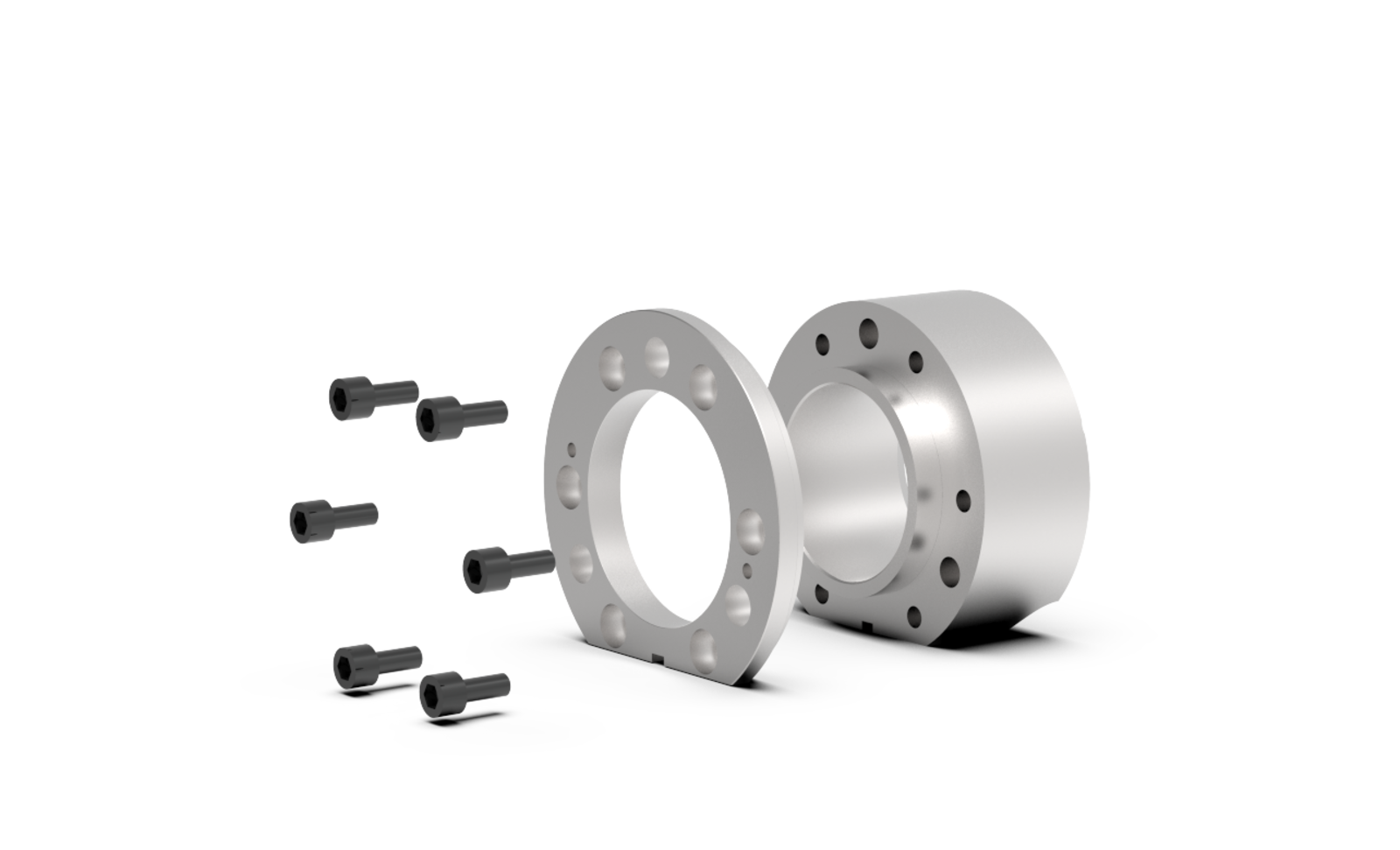Collar bearings
In contrast to normal friction bearings without a collar, which are used in chemical pumps, for example, the collar bearings are constructed somewhat differently.
There are different designs that are used depending on the application.
Essentially, a distinction can be made between two variants of the attached collar. There are collar bearings that are made from one piece, where the collar sits directly on the bearing body, and there are collar bearings where the collar is bolted separately to the front of the bearing. The use depends on the application and the process.
